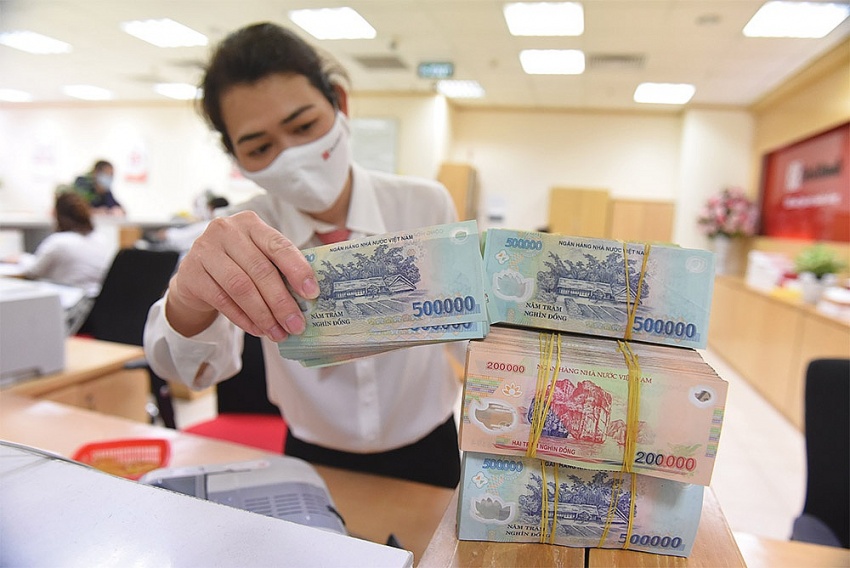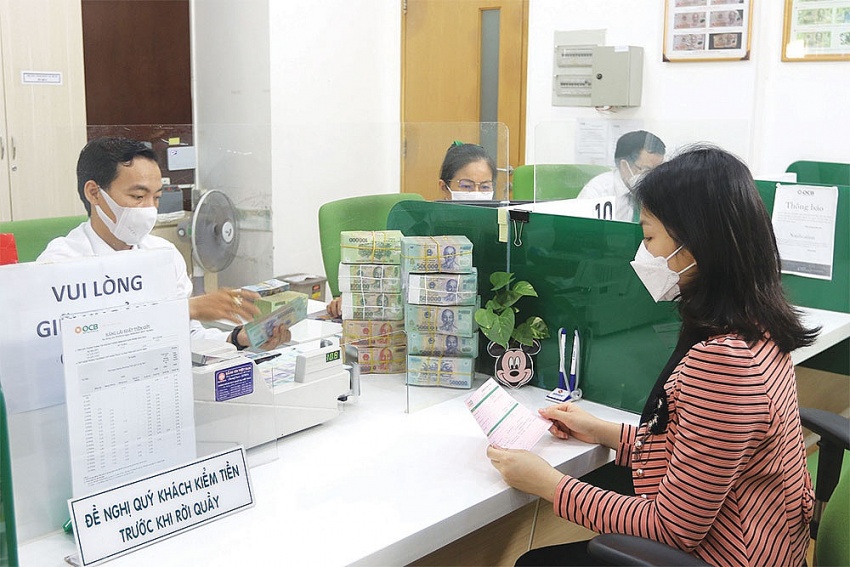Banks remain wary of low credit growth
Banks remain wary of low credit growth
Overall weak credit demand in the market, with consumption growth still sluggish, is causing banks that do not meet their credit growth targets to have quotas proactively transferred by the State Bank of Vietnam (SBV) to banks with better capabilities.

According to the SBV, by the end of May, total national credit debt exceeded $583.33 billion, up 3.44 per cent compared to the end of 2023 and up 13.96 per cent compared to the same period in 2023.
ABBank is the bank with the most severe negative credit growth in the entire system, with credit growth reaching over $3.33 billion, nearly 22 per cent lower than at the beginning of the year.
Likewise, VietBank’s credit debt is about $3.33 billion, down nearly 1.5 per cent compared to the beginning of the year. The list of banks with slightly reduced credit growth includes Vietcombank, Agribank, TP Bank, Saigon Bank, and PGBank.
Le Hoai An, banking training and consulting expert at Integrated Financial Solutions Corporation (IFSS), told VIR that credit growth across the system continues to grow slowly, reaching only about 20 per cent of the annual growth target.
“The bottleneck in growth primarily stems from state-owned banks, where growth remains very cautious, with the lowest growth rates seen in Agribank and Vietcombank,” An said. “These two banks specialise in retail lending on a large scale, so their low growth rate is a significant concern.”
On the other hand, banks with strong credit growth include LP Bank with around $12.71 billion, achieving nearly 11 per cent growth from the beginning of the year. NCB Bank reached nearly $2.54 billion with a growth rate of over 10 per cent. Techcombank also achieved nearly 10 per cent growth with a balance of approximately $24.58 billion.
Tran Minh Binh, chairman of VietinBank, said, “The bank’s credit debt by mid-June exceeded $64.17 billion, up about 5 per cent from the beginning of the year. It is expected that by the end of June, credit growth could reach 5.5-6 per cent.”
In general, the overall market’s credit demand remains very weak as consumption growth is still sluggish, An from IFSS said. In the challenging economic context, consumers continue to tighten their belts and limit significant expenditures to avoid negatively impacting their family’s financial situation.
“This trend is likely to continue until the end of the year, so credit growth motivation will continue to rely on public investment activities by the government as projects are accelerated,” said An.
In the context of most banks adjusting their business targets cautiously, it is clear that banks have anticipated a year of prolonged challenging growth, and efficient internal management remains the top priority.
Regarding credit quota transfers, with a relatively low credit growth rate of nearly 2 per cent, reaching approximately $22.5 billion by mid-May, Luu Thi Thao, vice president of VPBank said that the bank is reviewing and continuing to introduce many digital products, simplifying personal loan procedures to increase customers’ access to capital.
“With the projected economic recovery, along with the bank’s proactive solutions, personal loans will grow strongly again in June. Additionally, VPBank continues to focus on the foreign direct investment segment, which is also a growth driver for the bank after partnering with SMBC,” Thao said.
Elsewhere, striving to boost credit growth in the remaining months of the year, PVcomBank will reduce costs to lower lending rates.
“Additionally, it will implement preferential loan packages, promote technology application, automate loan processes, and simplify disbursement procedures to help customers access capital more easily,” stated bank representative Nguyen Linh Chi.
Regarding solutions for the rest of the year, SBV Deputy Governor Dao Minh Tu said, “The SBV will continue to create stronger conditions for lowering interest rates based on cost reductions by commercial banks and stable interest rate management. This will maintain a stable interest rate environment to support businesses and individuals.”
Notably, the SBV will monitor, supervise, and evaluate banks that do not achieve their credit growth targets, and proactively transfer quotas to banks capable of better credit growth in the future, Tu added.

























